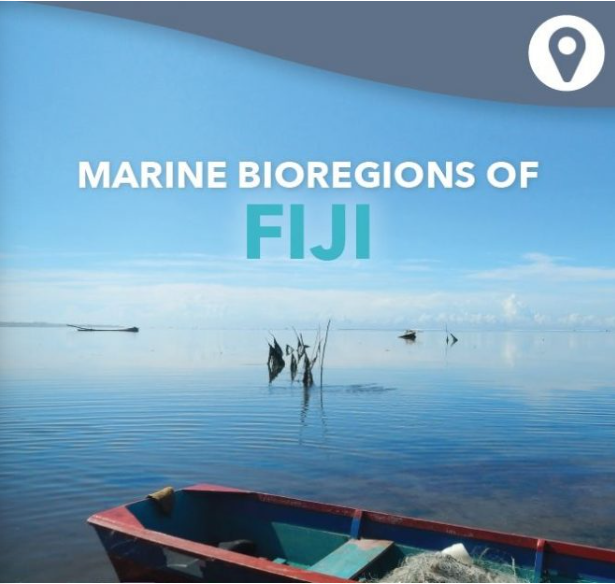
Marine spatial planning is underway now, or starting, in many Pacific Island countries, including Fiji. This planning aims, amongst other things, to achieve the Convention on Biological Diversity’s (CBD) Aichi Target 11 which states, in part, that at least 10 per cent of coastal and marine areas are conserved through ecologically representative and well-connected systems of protected areas. However, means for Fiji, who has signed on to the CBD, to achieve an ecologically representative system of marine protected areas is missing. There are not perfect data which describe the distribution and abundance of every marine
habitat and species anywhere, including Fiji. And certainly not at a scale that is useful for national planning in the ocean. Bioregionalisation, or the classification of the marine environment into spatial units that host similar biota, can serve to provide spatially explicit surrogates of biodiversity for marine conservation and management. Existing marine bioregionalisations however, are at a scale that is too broad for national governments in the Pacific to use. Often whole countries are encompassed in just one or two bioregions (or ecoregions).












